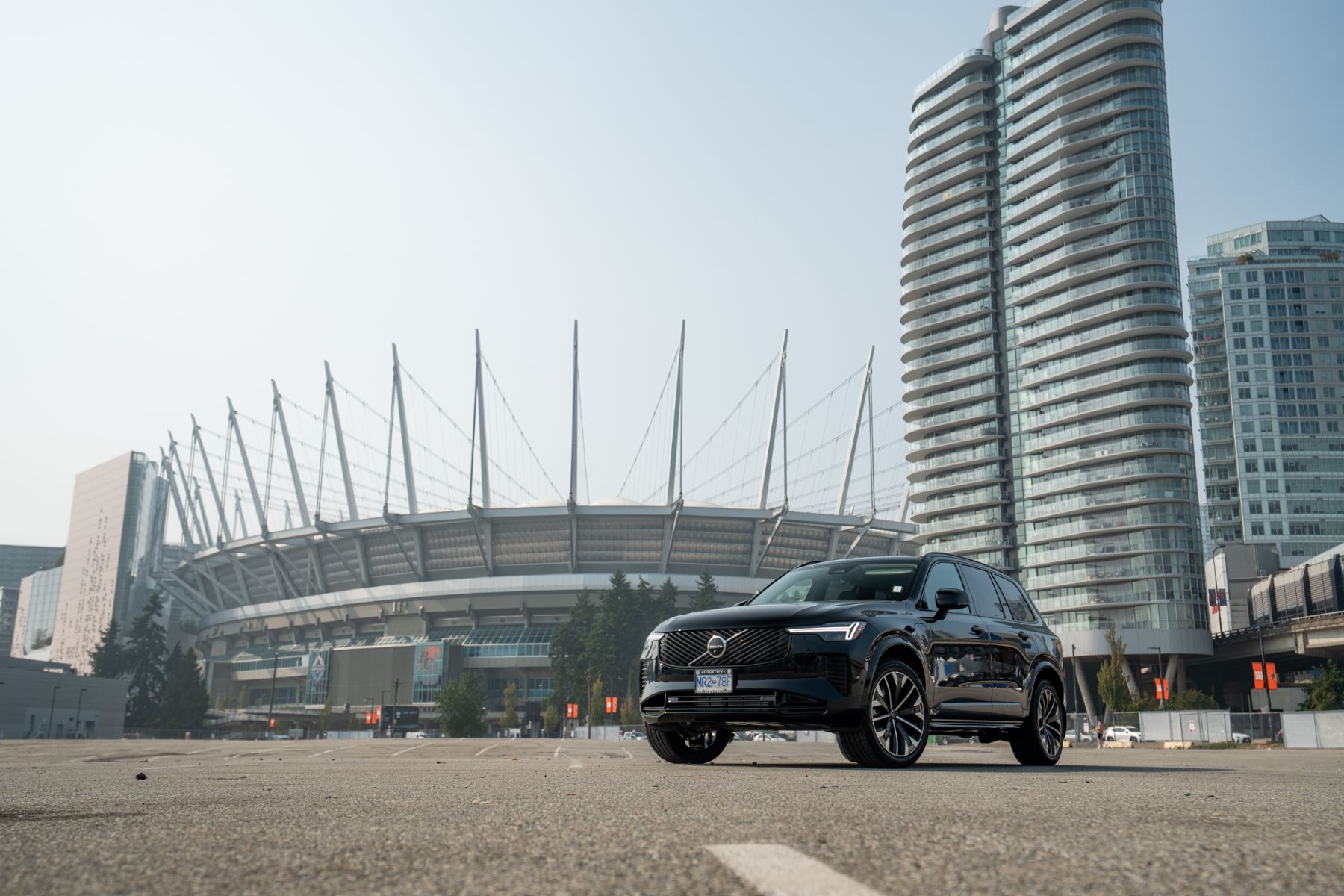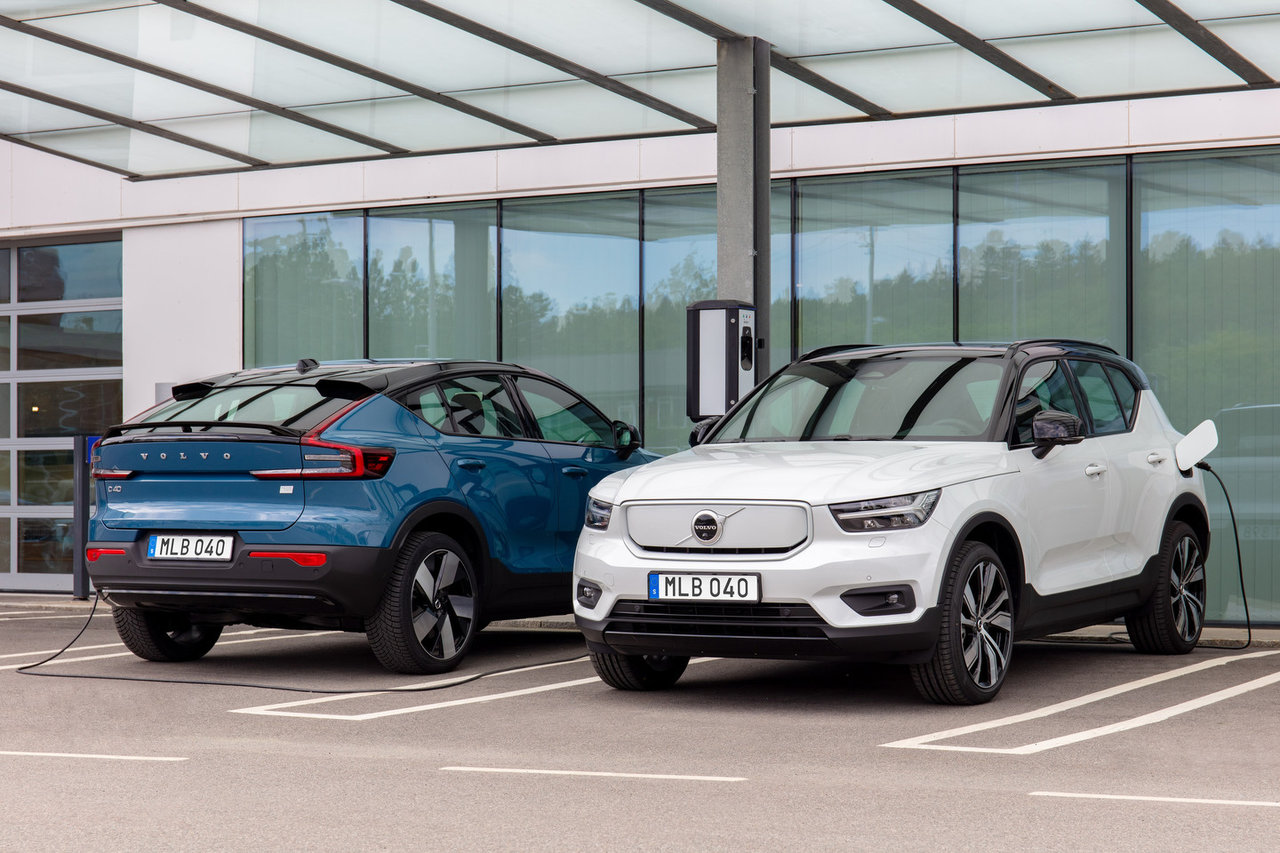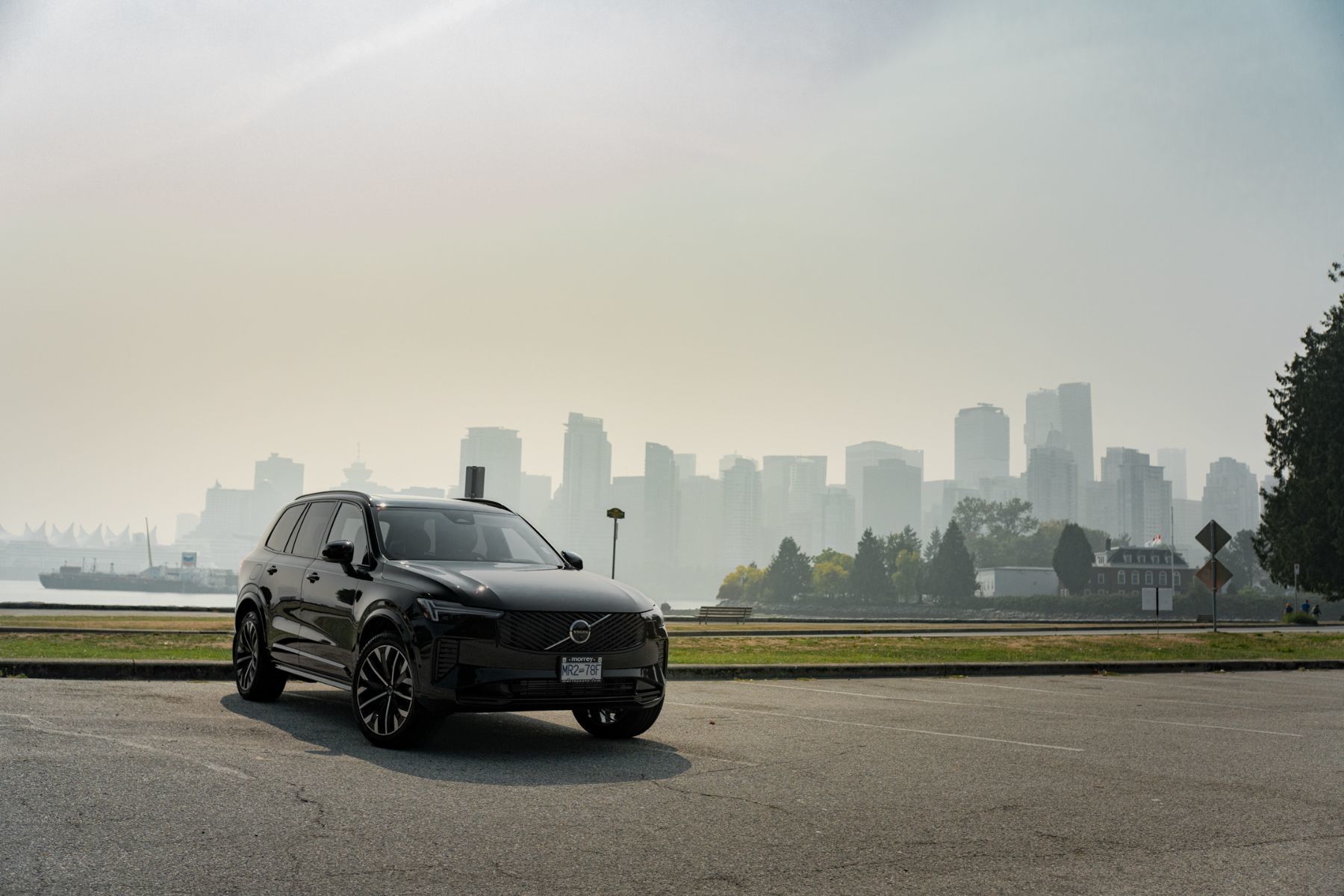
What Are Your Winter Tire Options on the Volvo XC90?
If you drive an XC90 in Metro Vancouver, winter can mean cold rain in the city and snow on the way to Squamish, Whistler, or the Coquihalla. Below...
Read moreMorrey Volvo Cars Burnaby

The Volvo XC40 and C40. Two entrants into the increasingly competitive EV market, both from the same manufacturer, both around the same size, both using the same powertrain and both costing around the same price. Two very intriguing choices; but which is for you?
You could say that the XC40 is the vet of the duo, having been around for a year more than the C40 in EV form, and a few years more if we consider the original gas-powered model. It is the more traditionally-styles of the two, what with its two-box shape and more vertical rear hatch. With its steeply-sloped roofline the C40 is the more aggressively-styled of the two, as well as Volvo’s first ever standalone electric model in that there is no gas-powered counterpart as there is with the XC40. It is likely the vehicle that a younger buyer might go for, one that doesn’t require as much rear headroom and would rather have the slick styling of a four-door coupe.
It's not all about for over function, however, when it comes to the C40. With its more aerodynamic shape and adds to the rear tailgate, it is the more streamlined of the two vehicles and gets more range from its 78 kWh battery pack, the same pack the XC40 uses. Volvo claims 359 km of range for the XC40, and 364 for the C40 as a result. Power from each vehicle’s dual-motor set-up is rated at 402 horsepower and 487 pound-feet of torque, which are some pretty generous figures for compact vehicle like these.
Inside, other than the back seats and cargo area, we once again see similarities, with the 9” vertical infotainment display, steering wheel and gauge cluster shared between the two. The main differences are the C40’s fixed-glass roof and the XC40’s opening moonroof as well as the light-up topographical inserts on parts of the C40’s dash, on-hand to show that it is the more lifestyle-oriented vehicle of the two. They also both can be charged on level III DC fast chargers, to the tune of 10 per cent to 80 per cent in just under 40 minutes.
Either way, each of these present a unique option in the EV space, and should at least be considered back-to-back as one approaches their EV purchase.

What Are Your Winter Tire Options on the Volvo XC90?
If you drive an XC90 in Metro Vancouver, winter can mean cold rain in the city and snow on the way to Squamish, Whistler, or the Coquihalla. Below...
Read more
Why You Should Consider the 2026 Volvo XC90 T8 Plug-in Hybrid Plus Dark
You want an SUV that makes the weekday commute quiet and efficient, then takes your family up the Sea-to-Sky without a second thought. The 2026...
Read more
2026 Volvo XC90 B6 AWD Ultra Bright 6-Seater: FAQ
Power, Fuel, and Towing in BC What engine and power does the B6 have? A refined 2.0-litre mild-hybrid four-cylinder with about 295 hp and 310 lb-ft...
Read more